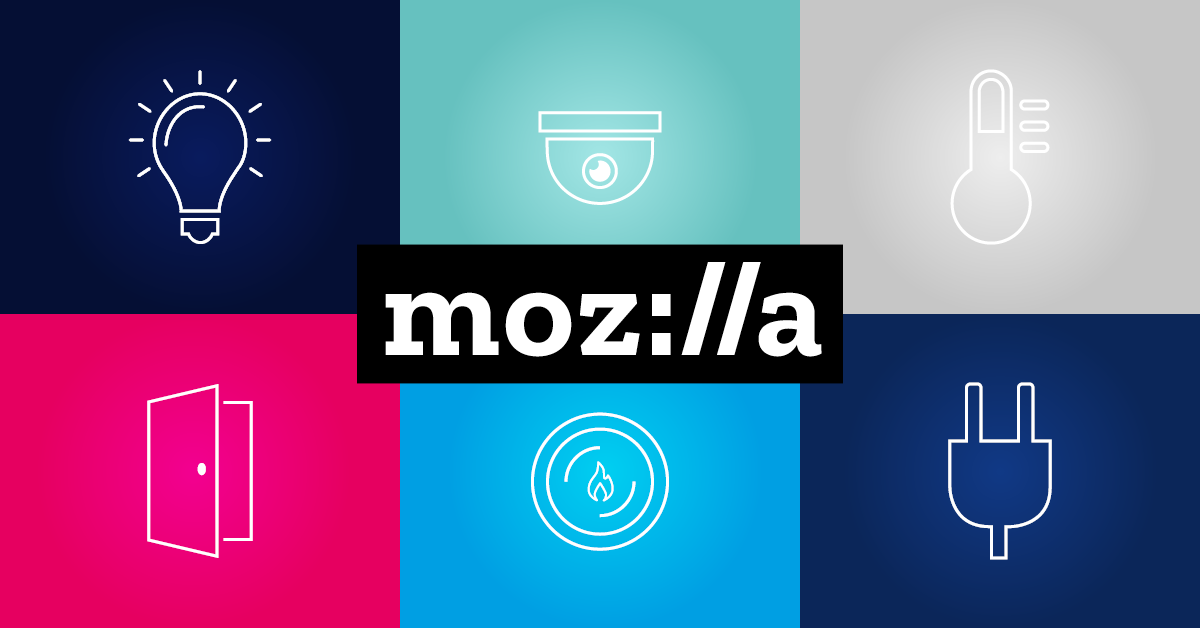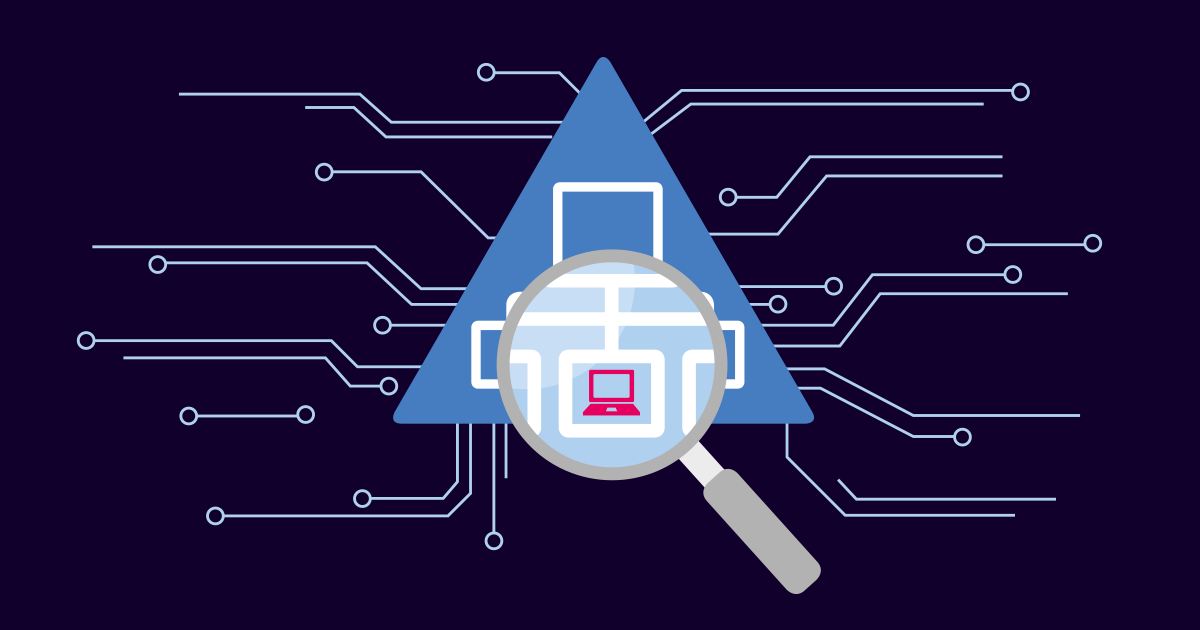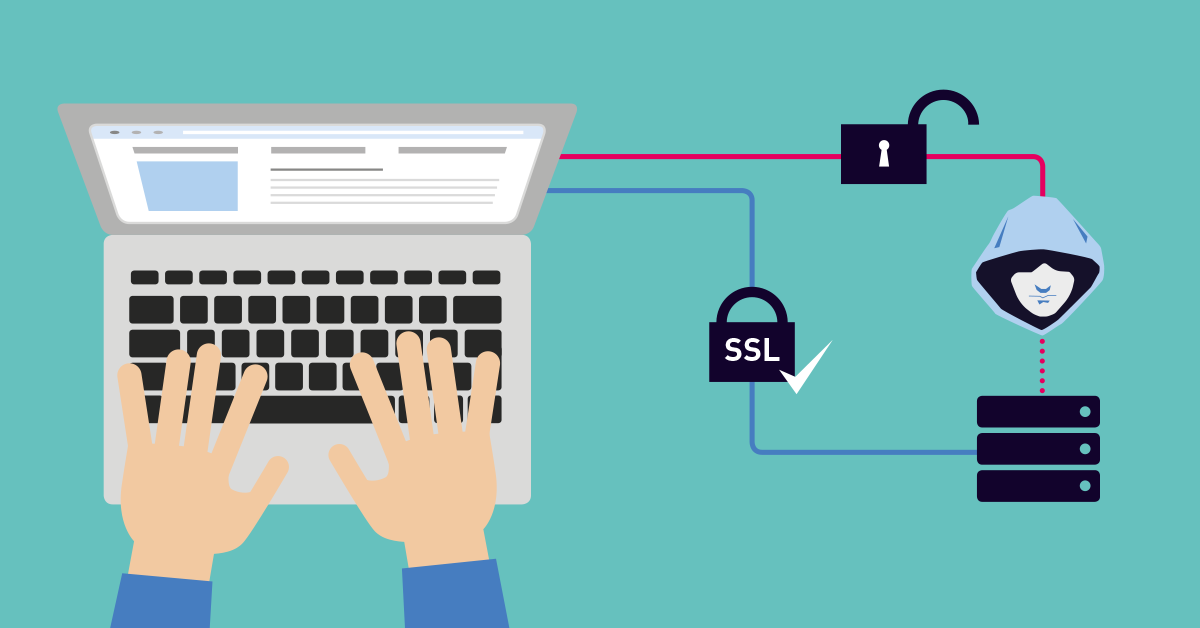Don't you hate finding out about website problems from angry customer emails? Been there. Nothing worse than that Monday morning message: 'Your checkout page is broken!!!' (always with multiple exclamation points). That's why I'm obsessed with synthetic monitoring.
It's basically digital QA on autopilot - scripts constantly testing your site to find bugs before real humans do. I've seen it save companies thousands in lost revenue when it caught a broken payment form at 2am, hours before the morning rush. No more apologizing to customers while your competitors are stealing them away.
The beauty is in the coverage: simple uptime pings, complex checkout flows, API validation - whatever matters to your bottom line. And when you pair it with real user monitoring (RUM)? That's the perfect combo. 🤩 Your dashboards finally show what's actually happening in prod, not just what worked in staging.
What is synthetic monitoring and how does it work
Synthetic monitoring explained is basically your website's personal mystery shopper. You know those people retail stores hire to check if employees are doing their jobs right? Same concept, but for your digital storefront. Instead of crossing your fingers and hoping customers don't run into problems, you've got these automated scripts doing the dirty work - logging in, adding stuff to carts, checking out - all from servers in different parts of the world. I've seen scripts that flag when a login page crawls past the 3-second mark , or when search results get wonky, or when a payment form starts throwing mysterious errors. Unlike passive monitoring vs. active monitoring, these tests keep running even when real visitors aren't on your site.
Synthetic monitoring tools track the metrics that actually matter. Is your site even up? How long are people waiting for pages to load? Does the checkout flow actually, you know, work? The numbers tell the brutal truth here - bump your page load time by just one second and watch conversions drop by 7%. Ouch. And downtime? Enterprise companies bleed about $300K for every hour their sites are down. The real magic happens when your monitoring catches these issues early - your team gets pinged before angry customer emails start flooding in, saving both your reputation and your revenue.
Synthetic monitoring vs real user monitoring
When building your monitoring strategy, you'll inevitably face the question: synthetic monitoring or real user monitoring (RUM)? Here's the thing - it's not an either/or decision. These approaches work like peanut butter and jelly - different but perfect together in your observability sandwich.
Synthetic monitoring is your controlled experiment. It's like having a robot customer who follows the exact same path through your site, at the exact same time, every day. This consistency is golden for situations where reliability is non-negotiable. Running an e-commerce site? Synthetic tests can hammer your checkout flow at 2 AM to make sure it's ready for Black Friday traffic. Managing a SaaS platform? Scheduled tests can verify that API endpoints respond within your promised SLAs even when no customers are active. Solutions like PRTG Network Monitor excel at this kind of scheduled testing, giving you confidence that critical systems remain functional around the clock.
Meanwhile, RUM captures what's actually happening with your real users - warts and all. While your synthetic tests might show everything's peachy, RUM might reveal that iPhone users on cellular networks in rural areas are bouncing because pages take 15+ seconds to load. Or that Chrome users experience JavaScript errors that Safari users don't. These insights are crucial when considering why monitor unified communications quality? across different user environments - because theoretical performance in a lab doesn't always match reality in the field.
The smartest teams use both approaches strategically. Start with synthetic monitoring to establish your performance baseline and get early warnings about obvious problems. Then layer in RUM to understand the messy reality of how people actually use your product. This combination gives you both proactive alerts and reactive insights, creating a comprehensive approach to enhancing app performance across all user scenarios.
When synthetic tests show everything's green but RUM shows users struggling, that's your cue to dig deeper into browser-specific issues, geographic anomalies, or third-party service problems that synthetic tests might miss.
Top synthetic monitoring tools and implementation strategies
The synthetic monitoring landscape is packed with options, but a few players stand out from the crowd. Datadog shines with its seamless integration across cloud environments and strong API monitoring capabilities. Dynatrace leverages AI to automatically identify the root cause of issues, saving precious troubleshooting time. New Relic offers exceptional transaction monitoring with detailed waterfall charts that pinpoint bottlenecks. AWS CloudWatch Synthetics is the natural choice if you're already all-in on AWS. For teams wanting one tool to rule them all, PRTG Network Monitor combines synthetic checks with infrastructure monitoring in a single pane of glass - perfect for smaller teams without dedicated monitoring specialists.
Before you dive into tool selection, map out your critical user journeys. What paths through your application directly impact revenue or user satisfaction? For e-commerce, that's typically search functionality, product filtering, and the checkout flow. For SaaS products, focus on user onboarding, core features, and any workflows mentioned in your customer support tickets. As synthetic monitoring 101 suggests, start simple with basic uptime checks before creating complex multi-step scenarios that mimic real user behavior. This crawl-walk-run approach prevents you from getting overwhelmed while still delivering immediate value.
Each type of synthetic monitoring serves a specific purpose, and the best tools excel in different areas. Uptime monitoring (Pingdom, Uptrends) gives you basic availability checks - is your site responding at all? Transaction monitoring (New Relic, Dynatrace) validates end-to-end processes like completing a purchase or submitting a form. Performance monitoring (Datadog, LoadView) focuses on speed and responsiveness across different geographic locations. API monitoring (Postman, Runscope) ensures your backend services remain reliable for both internal and external consumers. Most enterprise-grade tools offer all four types, but with varying degrees of depth and usability.
Implementation follows a clear roadmap if you want to maximize ROI. First, establish your performance baseline - you can't improve what you don't measure. Next, configure alerts with thresholds that matter to your business (not just technical metrics). A 20% slowdown in checkout page load might be more important than a 50% slowdown in your privacy policy page. Then integrate your monitoring with your incident management workflow so the right people get notified about the right issues.
Finally, schedule regular reviews of your synthetic tests to measure their business impact. Are you catching issues before customers report them? Has mean time to resolution improved? These metrics prove the value of what is synthetic monitoring to stakeholders while continuously enhancing app performance through data-driven decisions.
Moving from reactive to proactive performance management
The shift to synthetic monitoring fundamentally changes how businesses approach digital experience. Instead of scrambling when customers report issues, you're positioned to catch and fix problems before they impact revenue or reputation. This proactive stance delivers a clear competitive advantage: while competitors apologize to frustrated users, you're ensuring smooth user flows and consistent website performance.
For smaller businesses, start with basic uptime monitoring and gradually add browser tests for critical paths like login and checkout. Enterprise organizations should implement comprehensive monitoring across all business transactions, integrating synthetic data with existing APM tools. Whether you're managing a SaaS application or an e-commerce platform, the right monitoring strategy turns performance data into actionable insights that enhance your digital experience.
➡️ Ready to stop reacting and start preventing? Get a free trial of PRTG Network Monitor and see how synthetic monitoring transforms your approach to web performance.
Frequently Asked Questions
How does synthetic monitoring differ from other monitoring approaches?
Synthetic monitoring takes a proactive approach by simulating user interactions before real users experience issues. Unlike real user monitoring (RUM) which captures data from actual visitors, synthetic tests run consistently on a schedule, providing reliable benchmarks regardless of traffic patterns. Understanding the differences between passive monitoring vs. active monitoring approaches helps you build a comprehensive monitoring strategy that catches issues from multiple angles.
Explore our comparison guide to start building your comprehensive monitoring strategy today.
Can synthetic monitoring help improve unified communications quality?
Absolutely! Synthetic monitoring is ideal for testing unified communications platforms by simulating calls, video conferences, and messaging interactions across different network conditions. By regularly testing these systems, you can identify quality issues before they impact important business communications. Many organizations discover why monitor unified communications quality? only after experiencing embarrassing failures during critical meetings or client calls.
Discover how to prevent communication breakdowns by implementing proactive monitoring today.
How can synthetic monitoring enhance security monitoring and risk assessment?
Synthetic monitoring strengthens security posture by regularly validating security controls and authentication workflows. By simulating user interactions with secure areas of your application, you can verify that access controls, encryption, and data protection measures work properly at all times. This continuous validation provides valuable data for risk assessment and can help identify potential vulnerabilities before they're exploited. Understanding how PRTG computes CPU and traffic index helps correlate performance anomalies with potential security concerns, especially for applications delivered through content delivery networks like those you might evaluate when you need to choose a CDN provider for your website.
Learn how to strengthen your security monitoring by integrating synthetic tests with your existing tools.
 Published by
Published by 









